In the realm of renewable energy systems, solar pump inverters stand apart as a specialized category that caters specifically to the unique demands of solar-powered water pumping applications. While all inverters share the fundamental function of converting direct current (DC) into alternating current (AC) or vice versa, solar pump inverters exhibit several distinct differences from their general-purpose or grid-tied counterparts.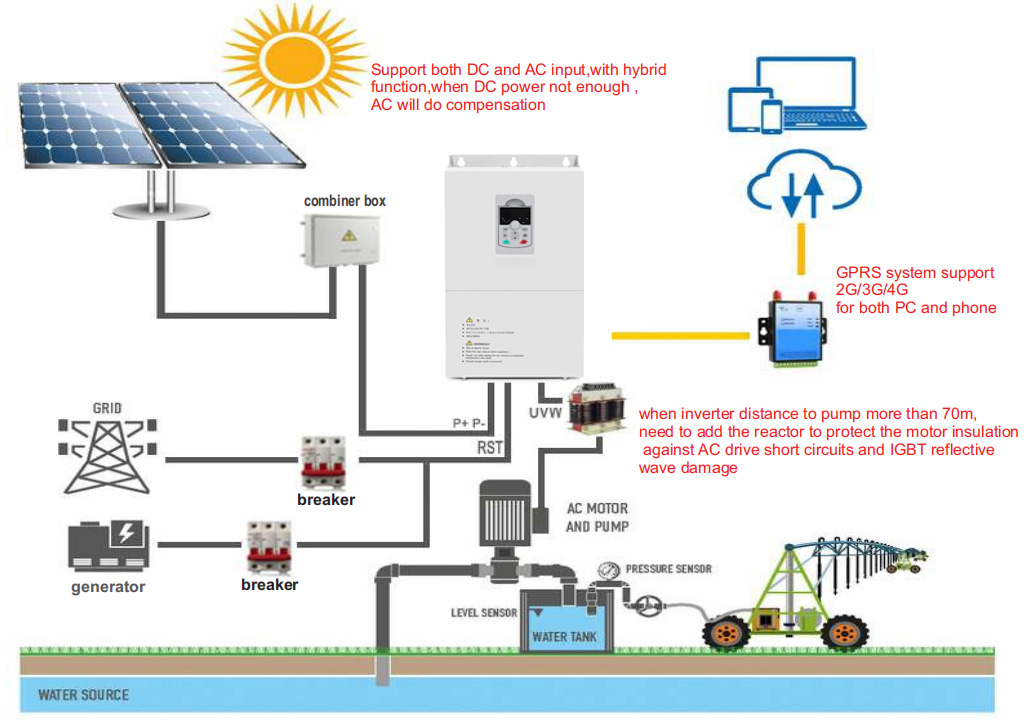
1. Application-Specific Design
Solar pump inverters are designed with the explicit purpose of powering water pumps efficiently and reliably using solar energy. They are tailored to the specific characteristics and operating conditions of water pumping systems, such as varying load requirements, water flow rates, and pump curves. In contrast, other inverters are more versatile and can be used in a wide range of applications, from powering household electronics to supporting industrial machinery.
2. Maximum Power Point Tracking (MPPT)
One of the key differentiating features of solar pump inverters is their integrated MPPT algorithm. This technology enables the inverter to continuously scan the solar array's output voltage and current, dynamically adjusting the operating point to harness the maximum power available from the sun at any given time. This is crucial for optimizing the performance of solar-powered water pumping systems, as it ensures that the pump operates at peak efficiency throughout the day. Other inverters may also incorporate MPPT, but their implementation may not be as finely tuned to the needs of water pumps.
3. Intelligent Control and Protection
Solar pump inverters incorporate advanced control algorithms and protection mechanisms tailored to the demands of water pumping. They can automatically adjust the pump speed based on water demand, reducing energy consumption and wear and tear on the pump. Moreover, they feature robust protection against overcurrent, overload, short circuits, and other potential hazards, ensuring the safe and reliable operation of the entire system. While other inverters (eg. Off-Grid Solar Inverters) also offer protection features, they may not be as comprehensive or tailored to the unique challenges of water pumping.
4. Rugged Construction and Durability
Given that solar pump inverters are often installed in outdoor or remote locations, they are designed to withstand harsh environmental conditions. They feature rugged enclosures, high IP ratings for dust and water ingress protection, and wide operating temperature ranges. This ensures that the inverter can perform reliably even in extreme weather conditions, maintaining the uninterrupted operation of the water pumping system. In contrast, other inverters may not be as durable or suitable for outdoor installations.
5. Cost and Long-Term Benefits
While the initial investment in a solar pump inverter may be higher than that of a general-purpose inverter, the long-term benefits are significant. By harnessing the abundant and renewable energy of the sun, solar-powered water pumping systems can significantly reduce energy costs and reliance on fossil fuels. Additionally, they contribute to a cleaner environment by reducing greenhouse gas emissions. The specialized design and efficiency of solar pump inverters play a crucial role in maximizing these benefits.
In conclusion, solar pump inverters differ from other inverters in their application-specific design, integrated MPPT technology, intelligent control and protection features, rugged construction, and the long-term benefits they offer. As the adoption of renewable energy solutions continues to grow, solar pump inverters will play an increasingly important role in powering water pumping systems around the world.



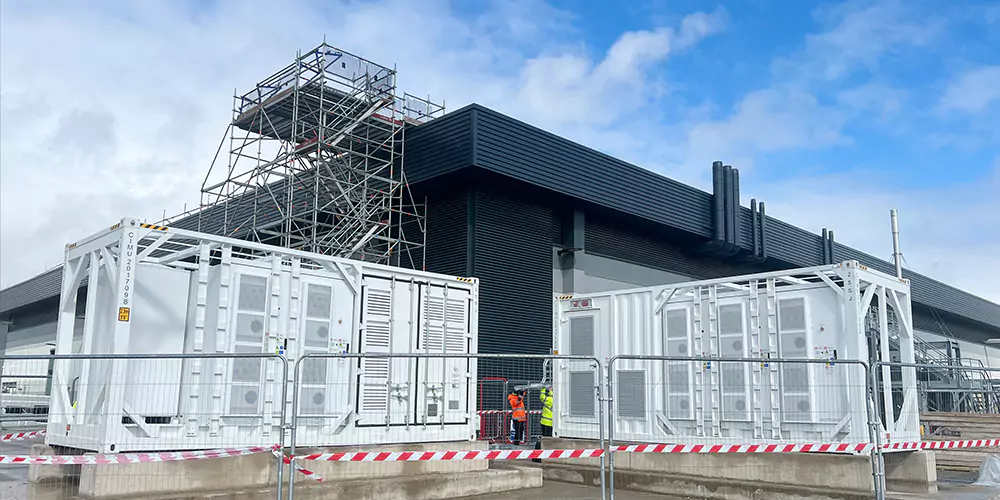

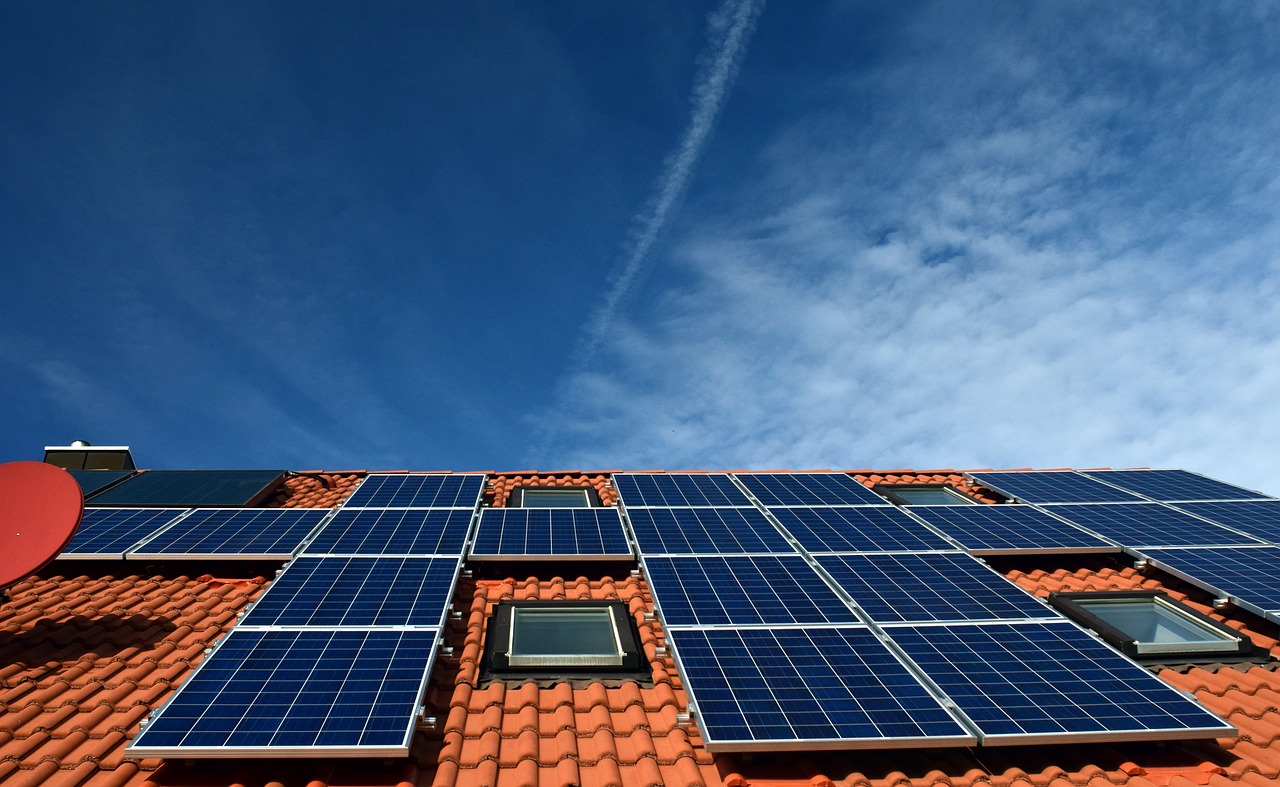
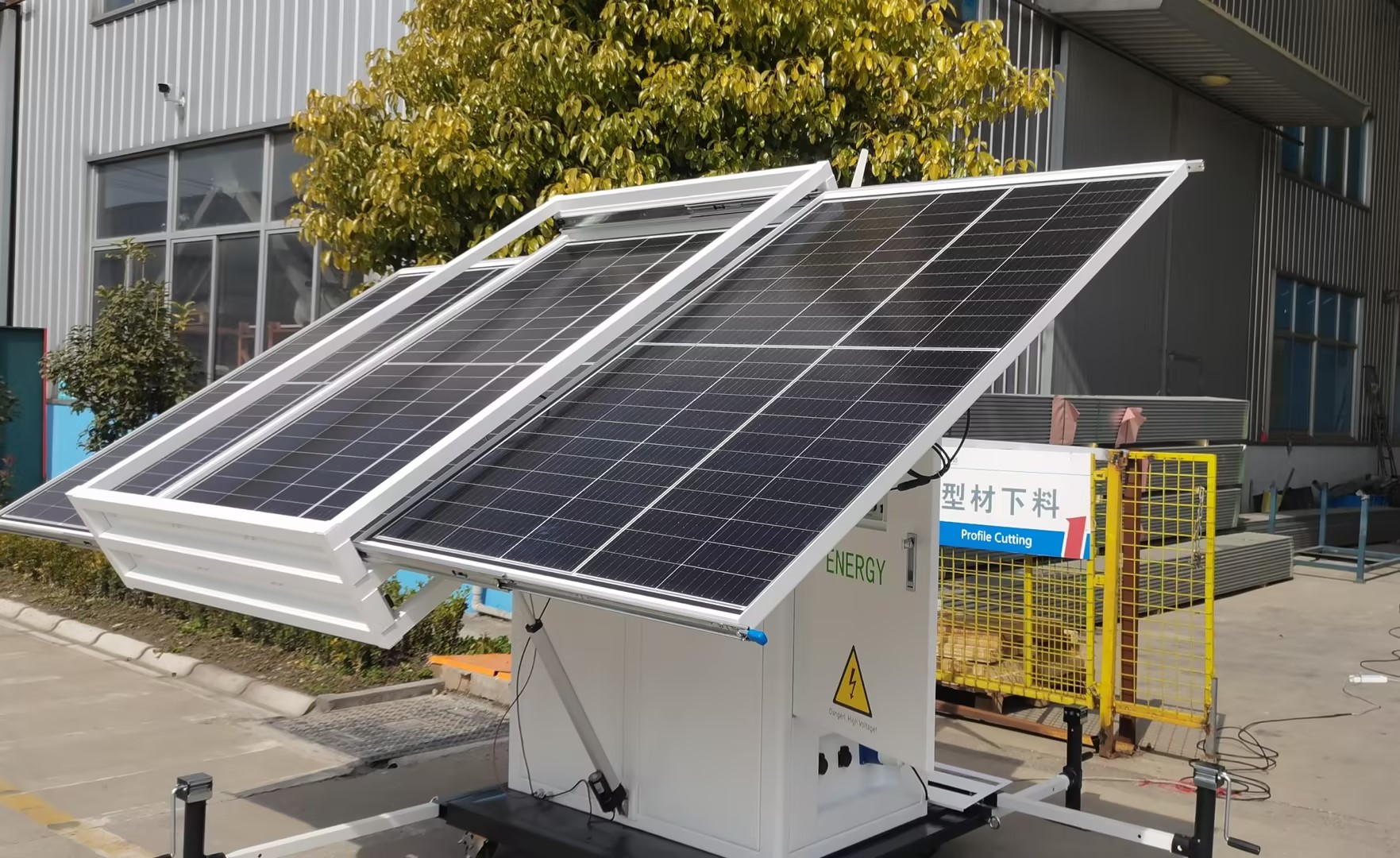

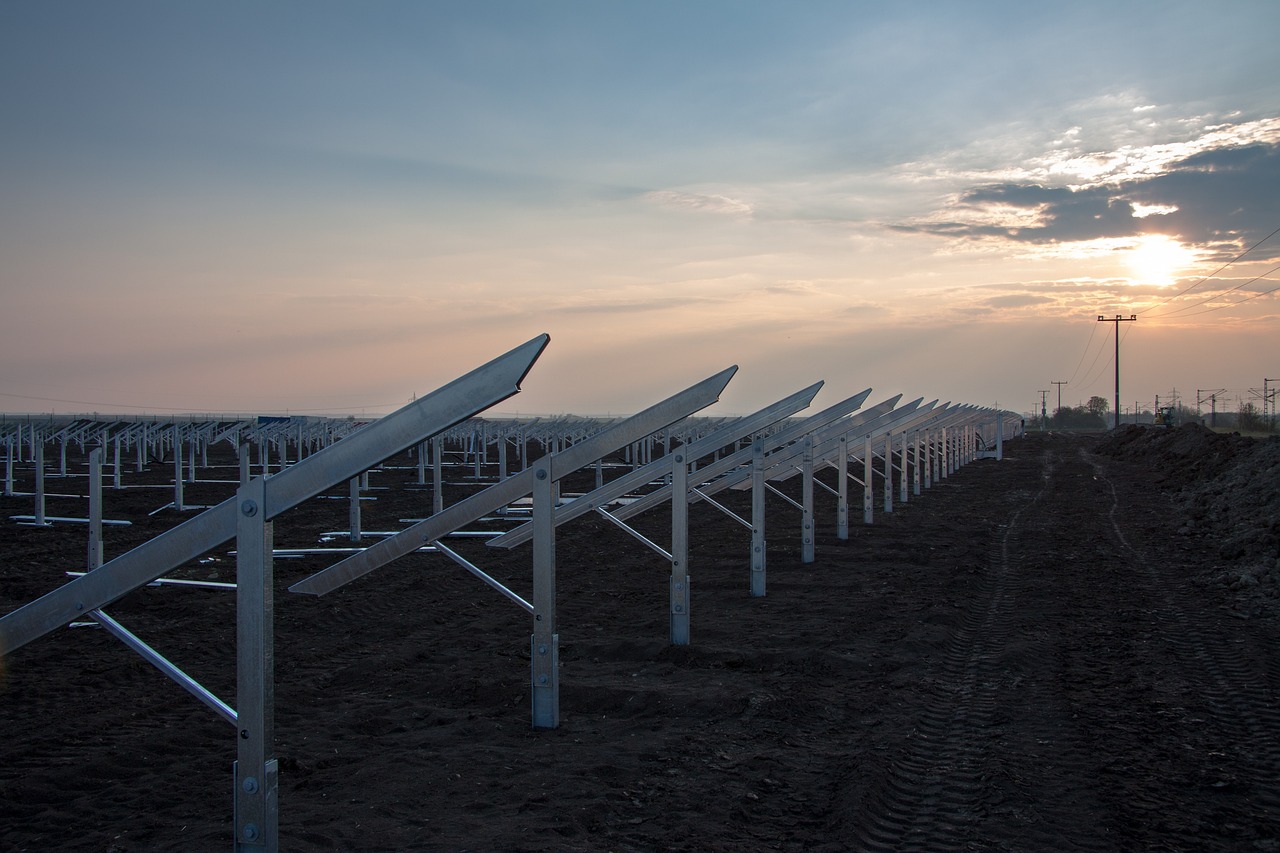
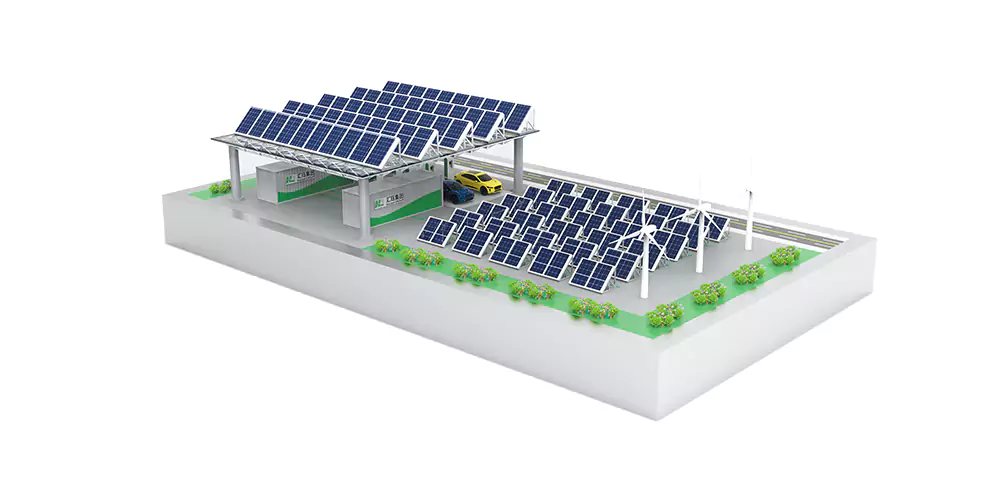
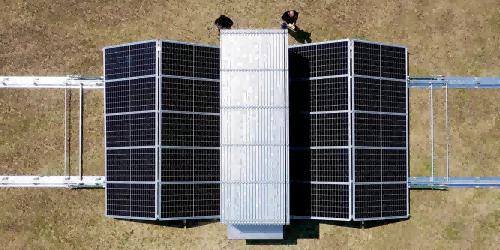
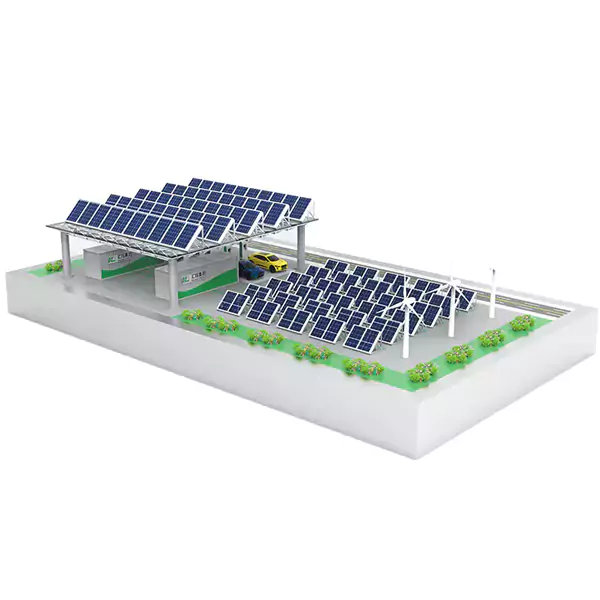

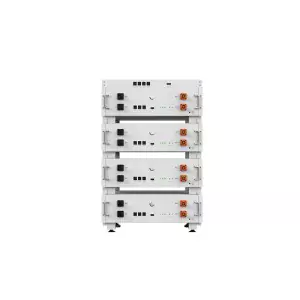
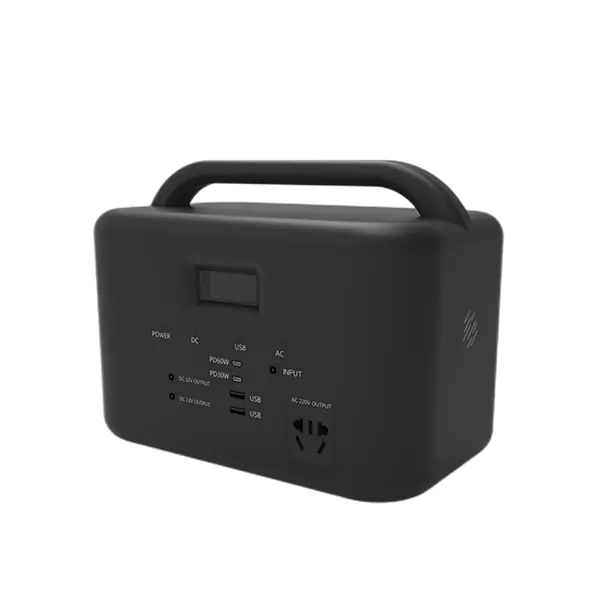
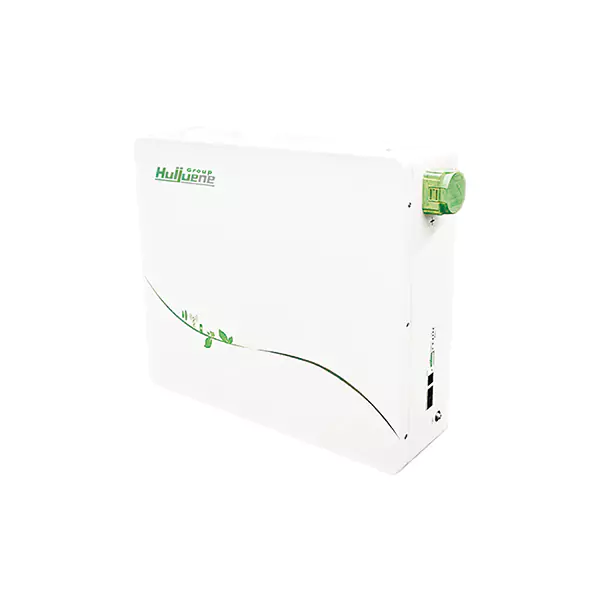
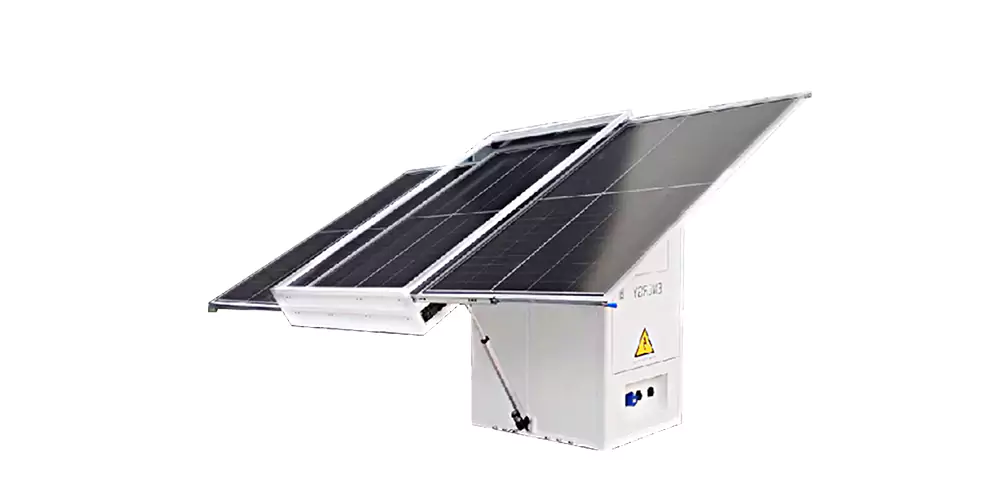
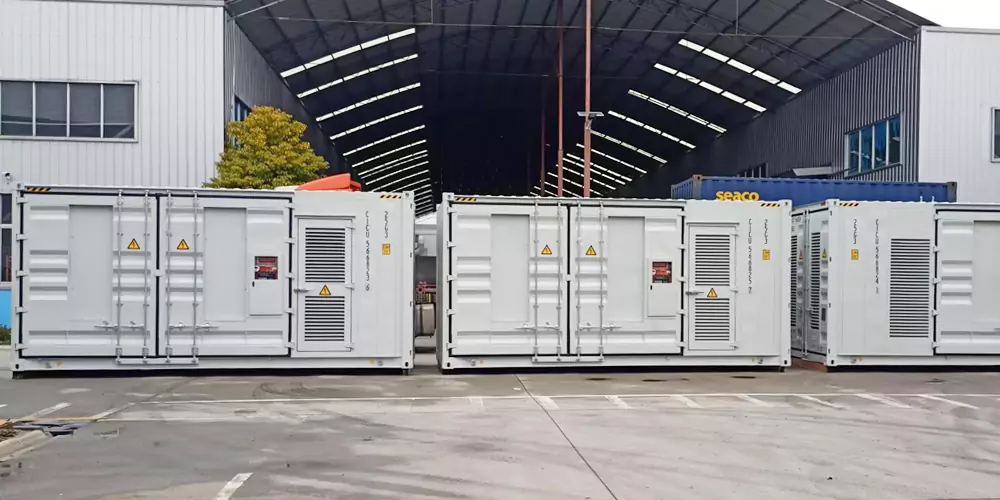
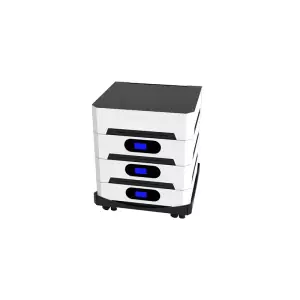
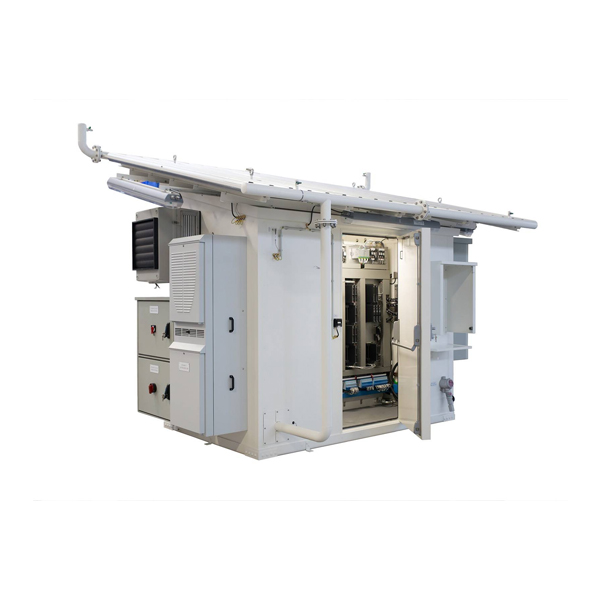
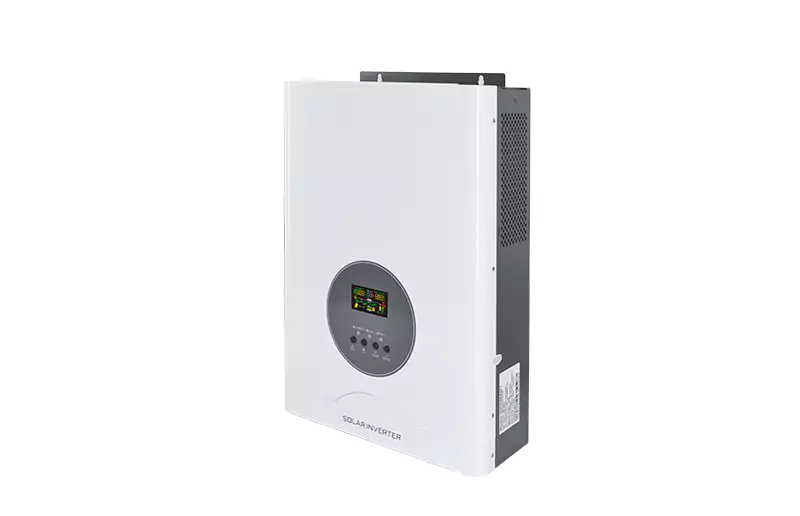
 Inquiry
Inquiry Online Chat
Online Chat